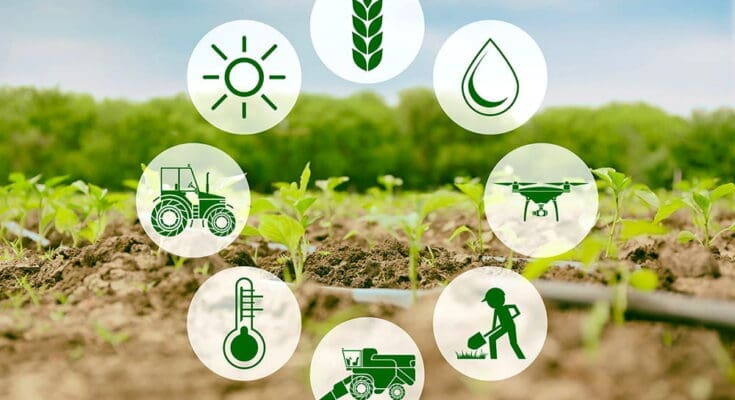In recent years, the integration of Internet of Things (IoT) technology has revolutionized various industries, and agriculture and environmental monitoring are no exceptions. This article delves into the profound impact of IoT in these domains, showcasing how smart devices and data-driven insights are reshaping the way we approach farming practices and conservation efforts.
The Role of IoT in Modern Agriculture
IoT technology has ushered in a new era of precision agriculture, optimizing resource utilization and enhancing productivity.
With IoT-enabled sensors, farmers can monitor soil moisture levels, nutrient content, and even track the health of livestock in real time. This data-driven approach allows for timely interventions, leading to improved crop yields and more sustainable farming practices.
Enhancing Environmental Conservation through IoT
In the realm of environmental monitoring, IoT plays a pivotal role in safeguarding our planet’s delicate ecosystems.
By deploying a network of interconnected sensors, conservationists can gather invaluable data on various environmental parameters, from air and water quality to wildlife behavior. This wealth of information empowers researchers and organizations to make informed decisions for the preservation of biodiversity and natural habitats.

IoT Devices: Catalysts of Change
The heart of IoT lies in its diverse array of devices, each designed to serve specific functions in the agricultural and environmental sectors.
- Smart Irrigation Systems: These systems autonomously adjust watering schedules based on real-time weather data, ensuring optimal moisture levels for crops while conserving water resources.
- Precision Livestock Monitoring: IoT-enabled wearables track vital signs and behavior patterns in livestock, allowing for early detection of health issues and optimizing breeding practices.
- Environmental Sensors: These sensors collect crucial data on factors like temperature, humidity, and pollutant levels, providing a comprehensive view of ecosystem health.
Challenges and Solutions
While IoT presents immense potential, it also comes with its own set of challenges. Connectivity issues, data security concerns, and the need for robust infrastructure are hurdles that need to be addressed.
To mitigate these challenges, collaborative efforts between tech developers, policymakers, and stakeholders are crucial. Investment in reliable connectivity infrastructure and robust cybersecurity measures is essential to unlock the full potential of IoT in agriculture and environmental monitoring.
FAQs
How does IoT benefit small-scale farmers? IoT levels the playing field for small-scale farmers by providing access to advanced technology and real-time data, enabling them to make more informed decisions about their crops and livestock.
Is IoT technology expensive to implement in agriculture? While there are upfront costs, the long-term benefits of increased efficiency and higher yields often outweigh the initial investment. Additionally, there are scalable solutions available to accommodate different budget constraints.
How does IoT contribute to sustainable farming practices? By optimizing resource use and reducing waste, IoT helps promote sustainable farming practices. Smart irrigation, for example, ensures water is used efficiently, minimizing environmental impact.
Can IoT be used to monitor endangered species? Absolutely. IoT-powered environmental sensors and tracking devices have been instrumental in monitoring and protecting endangered species, providing valuable data for conservation efforts.
What are some examples of successful IoT implementations in agriculture? One notable example is the use of IoT in vineyards. Sensors monitor soil conditions and weather patterns, allowing vintners to make precise decisions about irrigation and harvesting times, ultimately enhancing the quality of the grapes.
How can data from IoT sensors be used for research purposes? The data collected from IoT sensors can be analyzed to gain insights into various aspects of agriculture and environmental conditions. This information is invaluable for scientific research and policy-making.

Conclusion
The integration of Internet of Things technology in agriculture and environmental monitoring represents a significant leap forward in sustainable practices. By harnessing the power of data and connectivity, we are not only increasing productivity in agriculture but also safeguarding our environment for generations to come.



